Behind the Rainbow: Judy Garland’s Tragic Life and Death
Judy Garland left a dazzling mark on Hollywood that is in a lot of ways, unmatched. Her roles in films like Wizard of Oz and A Star Is Born still echo throughout the modern era, long after she has passed.
Yet for all of her glitz and glamour on the silver screen, her life behind closed doors (and eventually publicly) was one marked by tragedy, control, and abuses. Take a look into the life of one of Hollywood’s most revered stars to see just how much she overcame to shine as bright as she did, and how her light was eventually snuffed out for good.
An Unwanted Star
Judy Garland, born Frances Ethel Gumm on June 10th, 1922, was almost not born at all. While pregnant, her mother spoke with doctors about ending the pregnancy but was talked out of it.
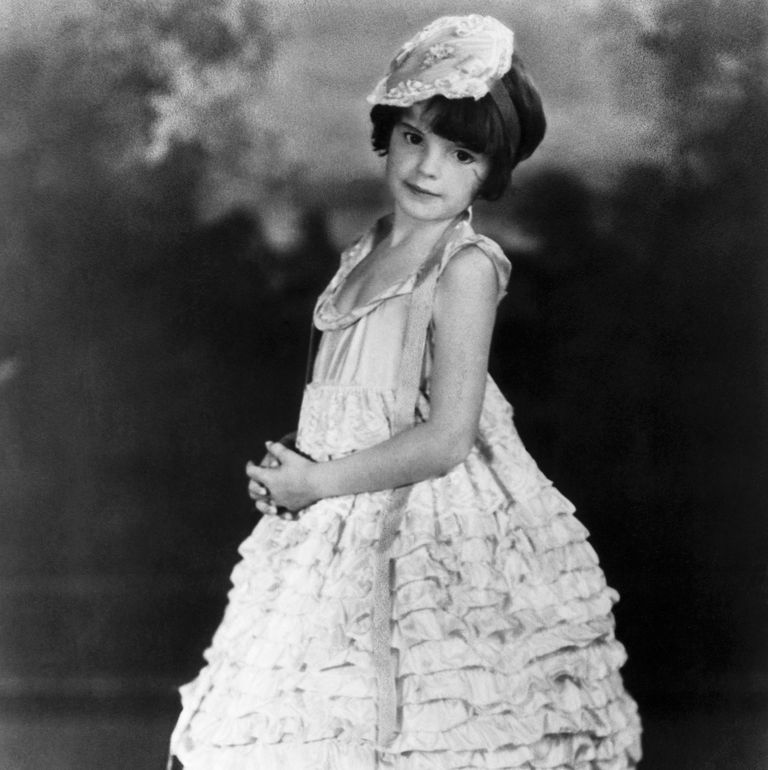
Thus, baby Frances was welcomed into the world by her mother, a frustrated vaudeville actress (a mix between burlesque, singing, and dancing) who would spend Frances’s life over her shoulder, trying to control who she was and who she would become.
Her Life Was Chosen for Her From the Start
Frances had two older sisters of whom her mother pushed into acting and performing and young Frances was of course no different. Her mother was eager to get her onto the stage.
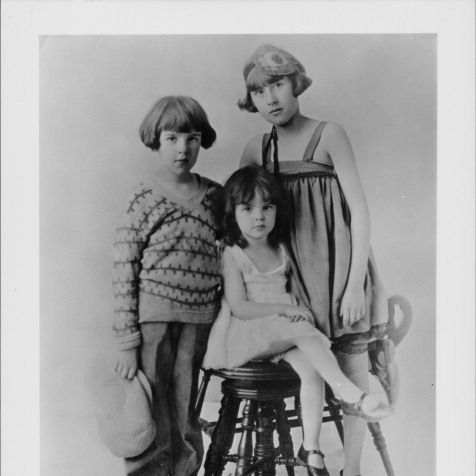
Source: goodhousekeeping
She put Frances onstage when she was only two-and-a-half years old, adding to an act her older sisters were already performing. Judy, still known as Frances, was at the mercy of her mother, who wanted her children to be as close to the glitz and glamor of Hollywood as possible.
The Real Wicked Witch
When Frances was four her family moved to Lancaster, California. Judy later called her mom the “real Wicked Witch of the West,” having spent her childhood being dictated and controlled by her. There was little she could do, so like a circus animal, she performed.
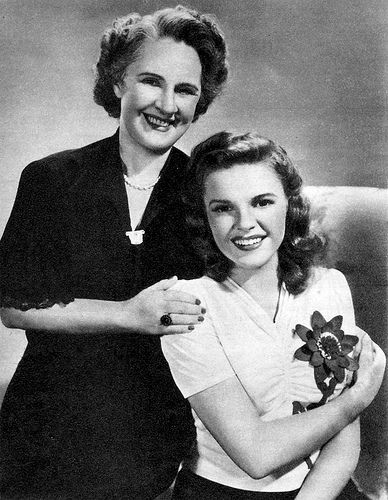
On top of being pushed into an adult industry as a very young child, Frances’s home was not a happy one with a lot of turmoil behind closed doors. This has a troubling impact on the blossoming star.
Her Parents Had an Unhappy Union
Frances’s father, Frank Gumm, was also involved in vaudevillian acting. Him and his wife performed as a song and dance duo and their marriage was somewhat out of convenience for their act.

According to sources, Frank was also bisexual and could act inappropriately towards teenage ushers and students who worked at the movie theater that the Gumm family owned.
Her Parent’s Dynamic Predicted a Lot of Her Future
The unhappy union of Frances’s parents caused a lot of pain in her life. She is quoted as saying, “As I recall, my parents were separating and getting back together all the time. It was very hard for me to understand those things…” Her father died shortly before the future starlet signed with MGM and blew up on the Hollywood scene.

Later in life, Judy would find herself attracted (and even married) to men who were either openly or closeted gay, mirroring the dynamic that she watched between her own mother and father.
A Star Is Born
Once the Gumm family landed in California they decided to change their names to match the glamor of the star-studded town. The sisters decided to be the “Garland Sisters” and Frances chose her name to be “Judy,” and thus Judy Garland was born.
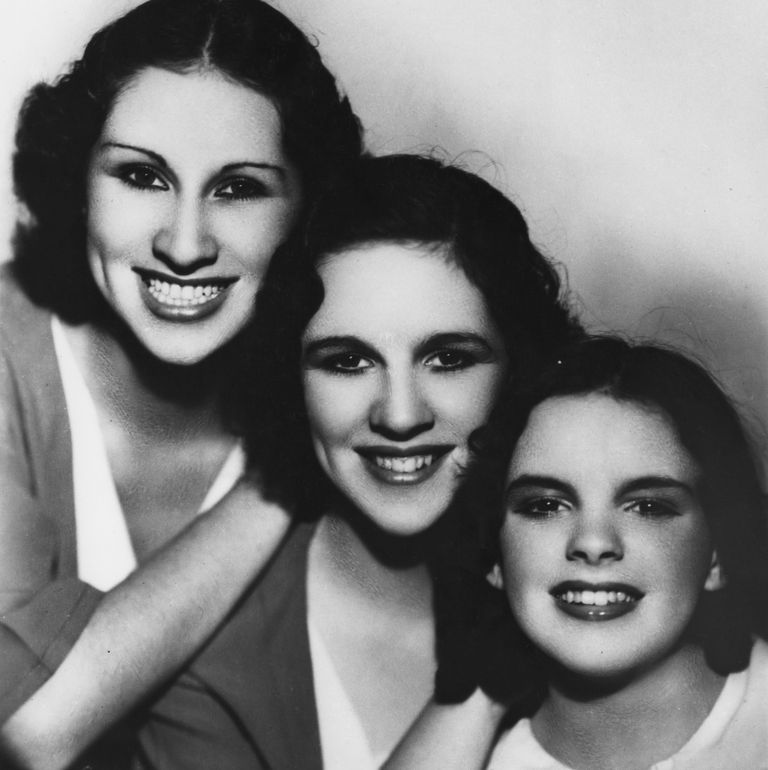
Judy was 13 when she signed her first contract with MGM in 1935. At the time, MGM had actresses that fit the “bombshell” mold, which Judy did not fit, so they decided to market her with a more wholesome image. She was given roles that portrayed her as childish and teenage in appearance.
Diets and Control
To maintain her childlike appearance the studio and her mother forced Judy to be on a diet on a constant basis. They wanted to keep her looking young and immature for as long as possible.

Along with dieting, she was also forced to bound her chest to keep her from looking developed and womanlike. At the time, her mother was her guardian as well as her manager and was aligned with the studio’s abusive control over Judy’s appearance.
“Little Hunchback”
At the time, Louis Mayer was the studio head of MGM. He openly referred to Judy as “my little hunchback” in front of the girl and to those around them. He also took pleasure in touching the young actress inappropriately whenever the opportunity arose.
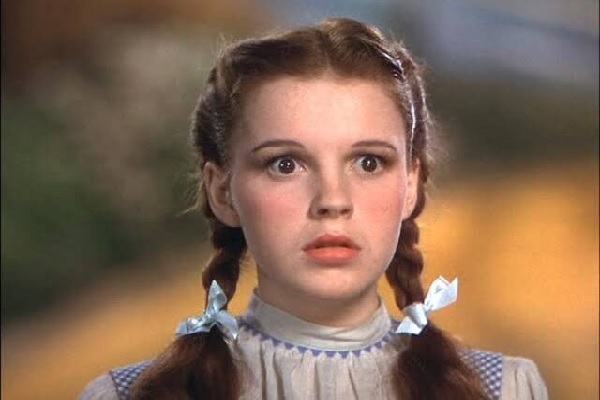
Louis Mayer was also instrumental in keeping Judy as a monitored juvenile for as long as he possibly could. He insisted that her chest be taped down and that she was squeezed into painful corsets. He continued to assign her to roles that were well below her current age.
Judy Makes a Stand
Louis Mayer would often touch Judy’s chest while telling her that she “sang from the heart.” In one instance, Judy had had enough and confronted the MGM studio head for his disturbing behavior.
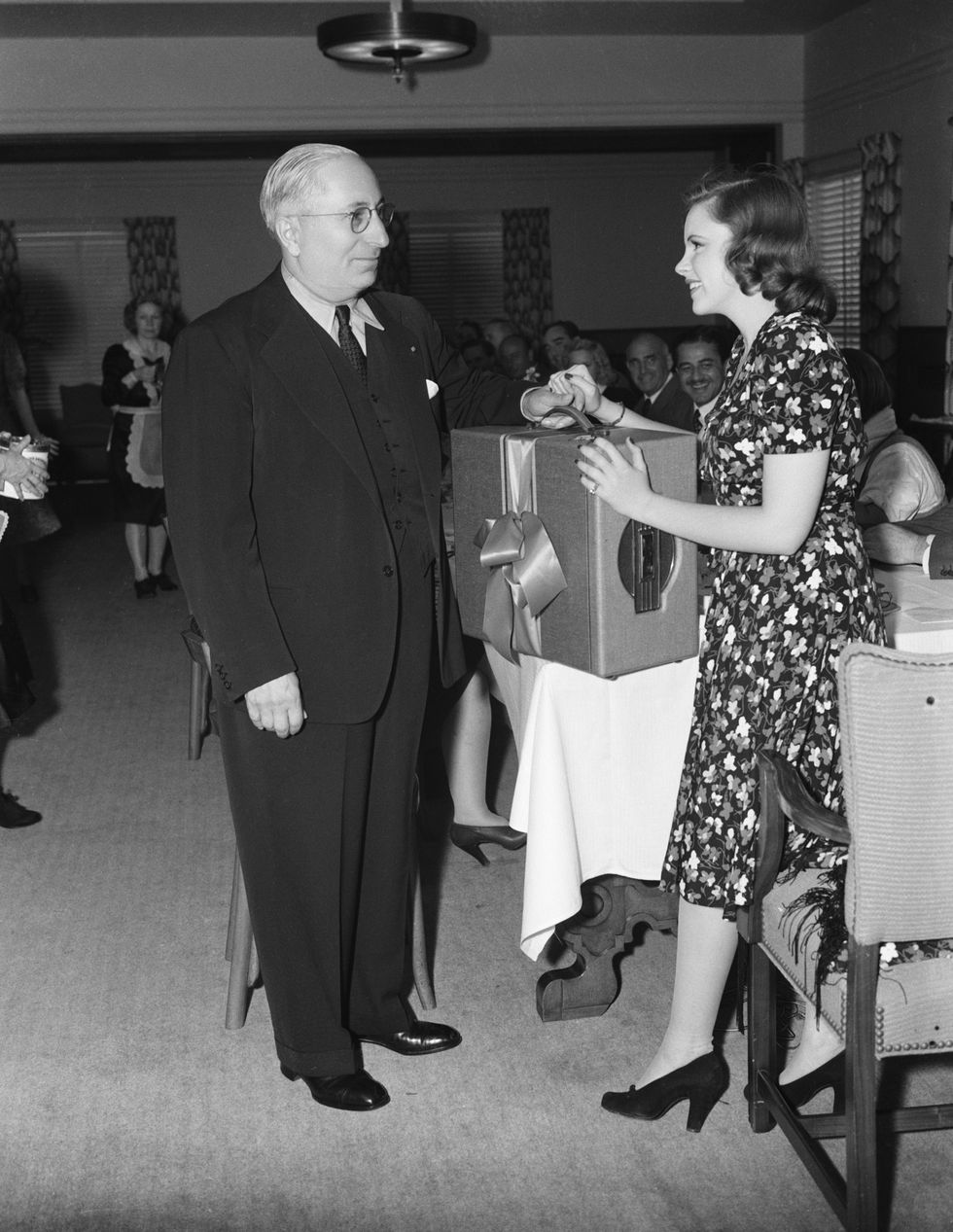
Apparently Louis Mayer pretended that Judy’s “outburst” was shocking to him, claiming that he saw himself as Judy’s father. With no support or escape, Judy Garland lived in an ivory tower as a prisoner of her mother’s creation and her “father-figure’s” authority.
The Smoke and Mirrors of “The Wizard of Oz”
When Judy was 17 she starred in the Hollywood classic technicolor fantasy The Wizard of Oz. The film shot her like an arrow into the center of Hollywood stardom, but it came with a heavy price.
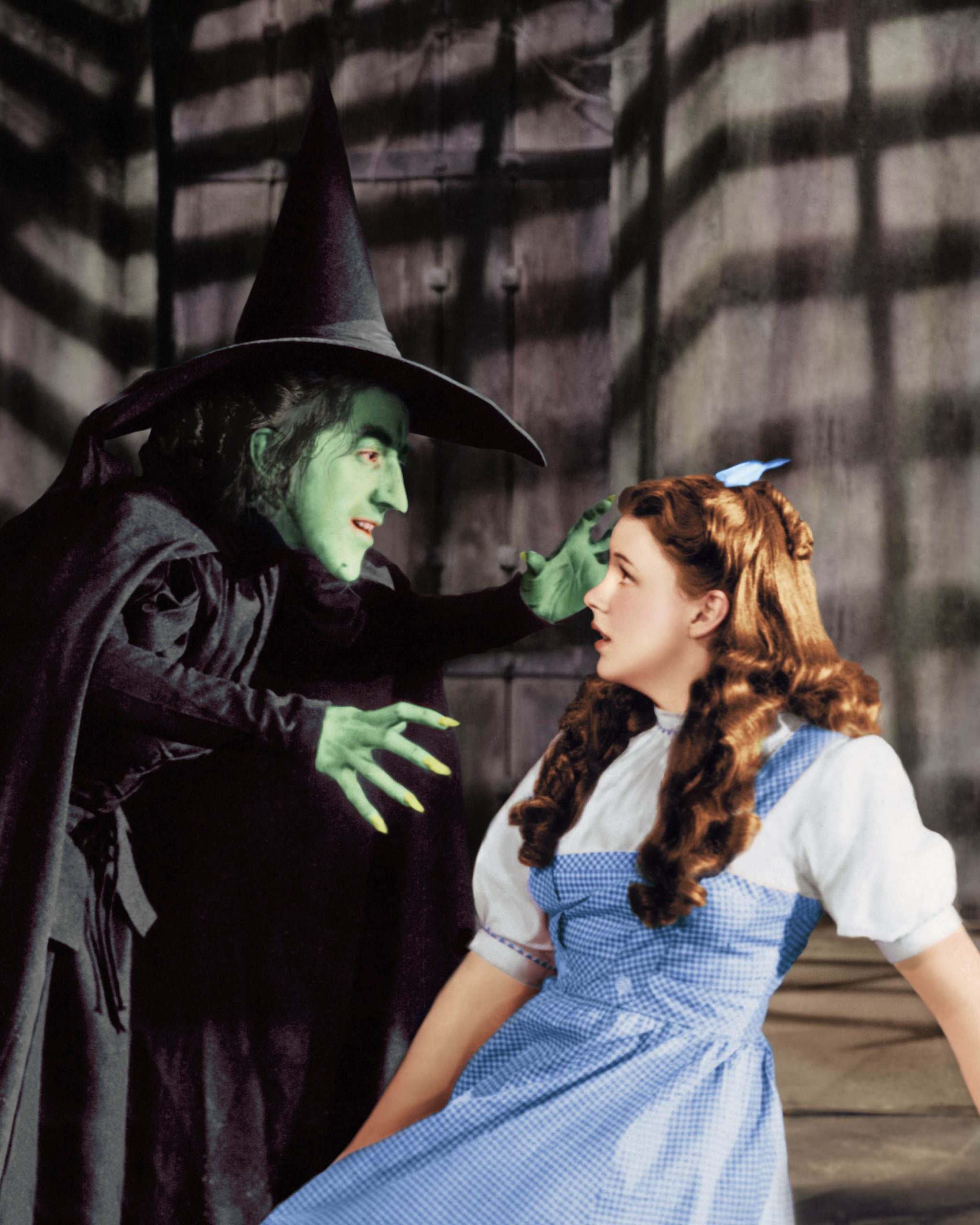
Her time on set was also plagued with toxicity and isolation. Actors didn’t want to be upstaged by a teenage actress who was receiving the star treatment that each actor was striving for. For Judy, the “star treatment” was an absurd and overwhelming amount of control and manipulation.
A Prisoner of Star Treatment
The focus on production from MGM was intense, as Wizard of Oz was set to be a major hit and pull in a lot of money. Executives doubled their efforts in controlling the young girl’s physical appearance and what she ate.
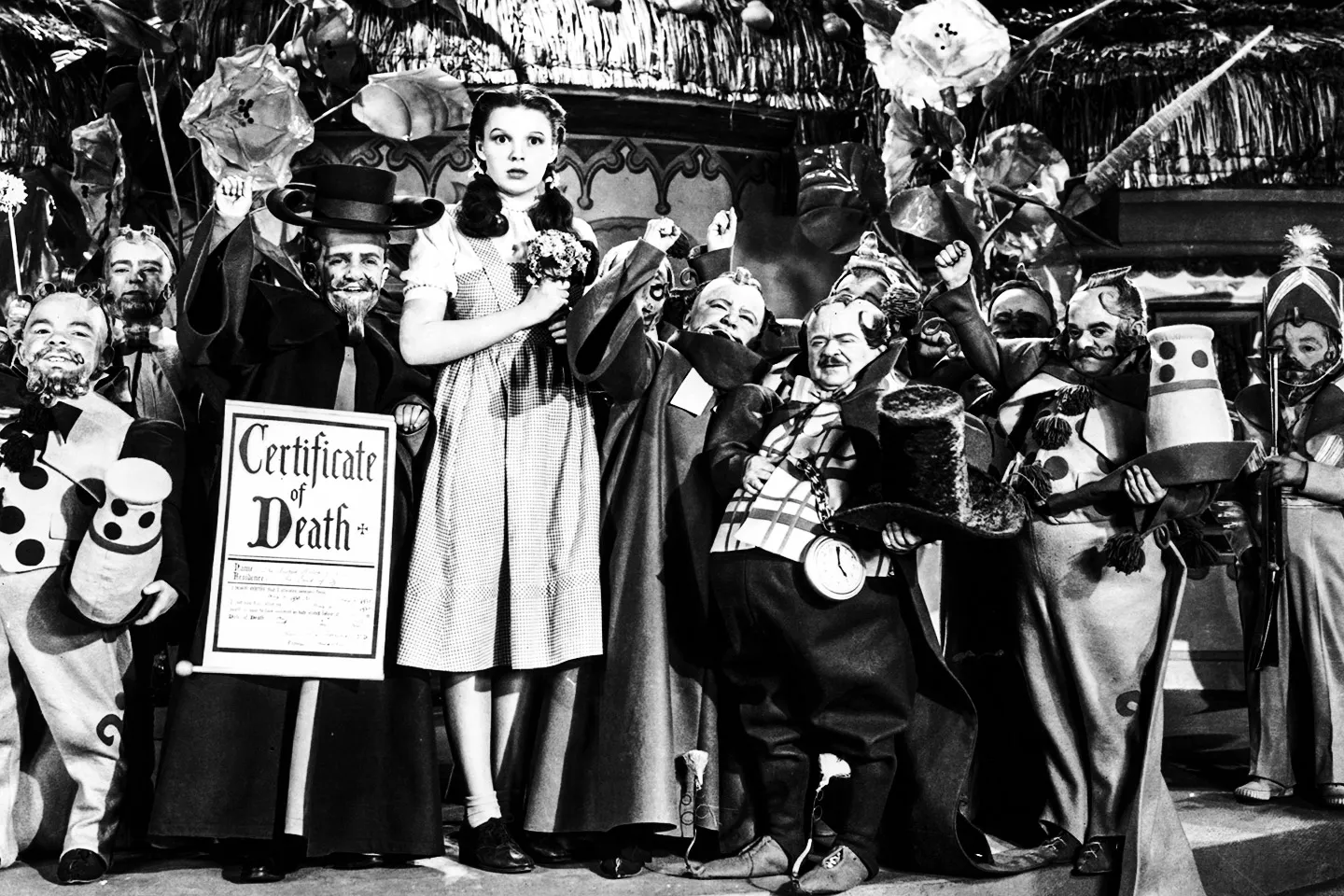
Judy had “minders” who would monitor what she did and did not eat. They would snatch plates of food away from her and encouraged her to drink black coffee. They also wanted her to smoke as many as 80 cigarettes a day to decrease her appetite.
Pay Gaps
Another massive discrepancy in shooting The Wizard of Oz was the amount that Judy Garland was paid in comparison to the rest of the main cast. As the star, you would expect the leading role to make the most.

Sadly, this was not the case. Of the main cast, Judy Garland made significantly less than her male co-stars, as well as making the least out of all of the., despite being the main star and having the most screen time.
Stimulants and Depressants for the Teen
Judy was also given a cocktail of stimulant and depressant drugs to keep her moving like the show horse that they saw her as. She had to complete the film and from there do an exhausting promotional roadshow, swallowing pills to keep up with the pace.

These coping mechanisms and tendencies shaped Judy’s lifelong habits of criticizing her body, taking drugs to keep up, and falling under controlling company. Her life would be shaped on methods of escapism from one situation to the next.
Young and Isolated
Judy Garland was living her life being harassed by studio executives about her body, being touched inappropriately, being deprived of food, and led down a path of drugs and self-loathing.
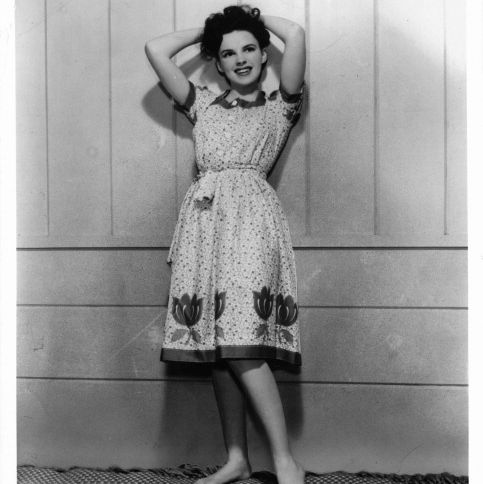
Her mother was hostile and domineering towards the girl, and naturally, Judy felt isolated and without options or support.
A Husband for a Shield
At 19-years-old Judy fell into a romance with a bandleader named David Rose. They first met when he was set to make some musical arrangements for her records. She was very young at their first meeting, but met years later and a romance was sparked.
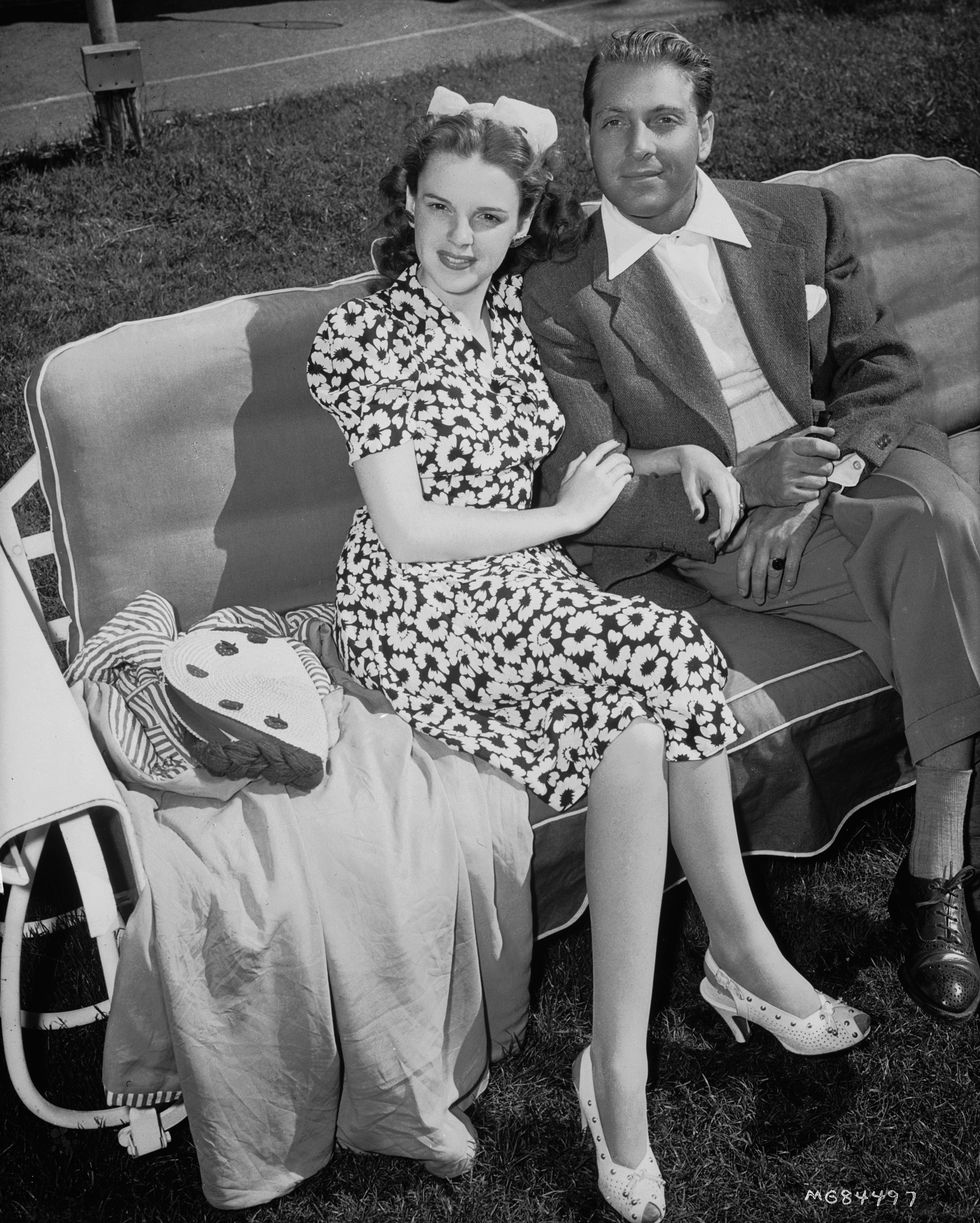
David was 12 years Judy’s senior and both her mother and Louis Mayer were deepy against this. To them, it tarnished the idea of Judy’s image of a young and innocent waif. But Judy wanted love and protection. She married against their wishes in Las Vegas in July, 1941.
A Pregnancy
Very shortly after getting married, Judy became pregnant for the first time. Her husband was against the pregnancy, as well as several others. She was encouraged to get an abortion, which was illegal at the time. Judy wanted to be a mother, but she gave in to the demands to abort.

Judy and David’s marriage was brief. Her and David Rose separated after only eight months of union. They officially divorced in 1944.
“Meet Me in St. Louis”
Meet Me in St. Louis was one of Judy Garland’s largest hits and launched songs still in the collective consciousness of many Americans, like The Boy Next Door, The Trolley Song, and Have Yourself a Merry Little Christmas.
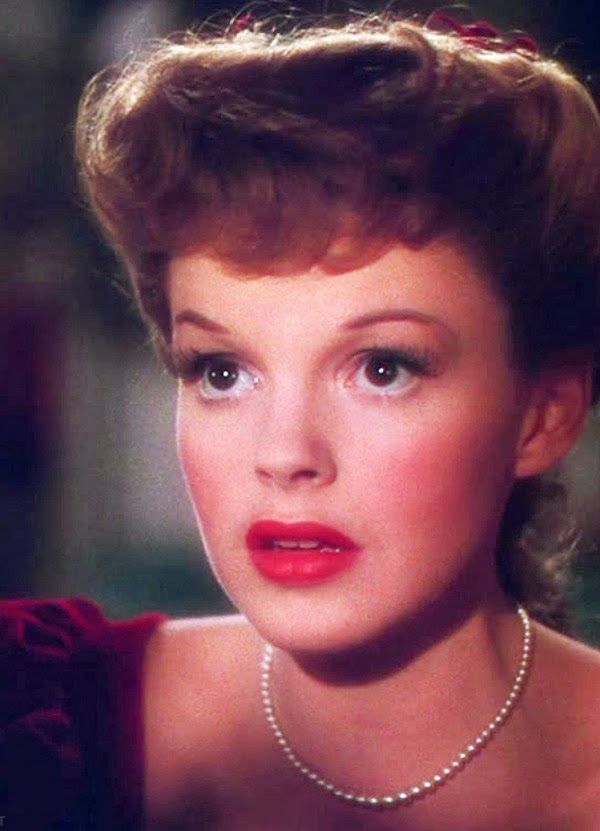
However, it was memorable for Judy for more personal reasons. It was where she would meet her second husband, director Vincente Minnelli.
No More Girl Next Door
Judy’s new beau saw a different potential for the entrapped starlet and encouraged her to move away from her “girl next door” image and work towards a more sophisticated look. Vincente even hired a new make-up artist to assist in re-creating Judy Garland.

The makeover opened up Judy’s audience to a whole new level of potential and shifted her away from the forced youth she’d been made to perform. She married Vincente Minnelli in 1945.
A Power-Couple Moment
Judy and Vincente went on to create more films together. One in 1945’s The Clock and again in 1948’s The Pirate. The couple gave the appearance of strong collaborations in art and love.

In March 1946, they welcomed a daughter who they named Liza Minnelli, a child who would bloom into a star in her own right, though her childhood would be muddied with trauma brought on my Judy’s demons.
Another Marriage Erodes
There were rumors of Vincente Minnelli leading an openly gay lifestyle in New York that were ignored during his time in Los Angeles and marriage to Judy Garland. At the time, it was viewed as an unacceptable way to live, which may have led to hiding, if there was any.
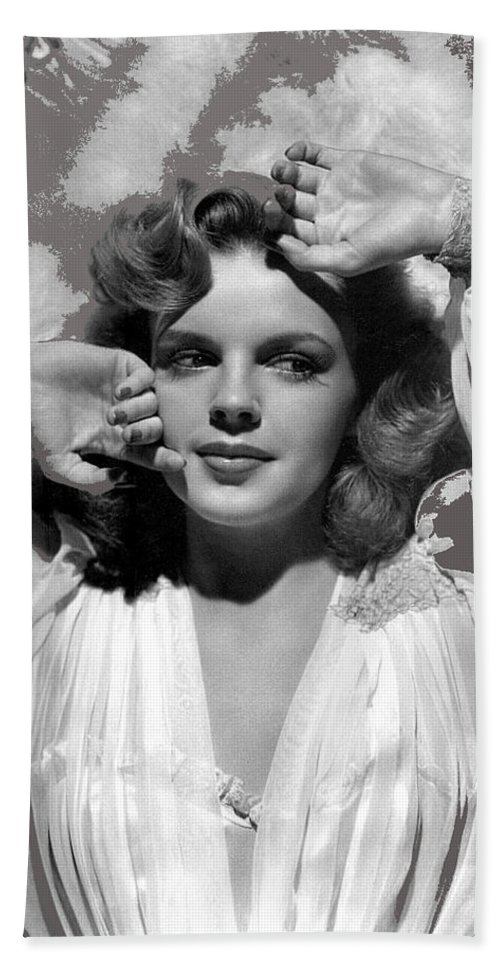
On top of this, the two had a 20 year age gap, and Judy was falling deeper into erratic behavior and substance abuse. Judy was using amphetamines and sleeping pills– the same drugs given to her as a child to cope.
Rumors of an Affair
There is documented blame about the dissolution of Vincente Minnelli and Judy Garland’s marriage on both sides. Due to Judy’s increasingly worrisome behavior, she was fired from MGM after 15 years and fell into a nervous breakdown.
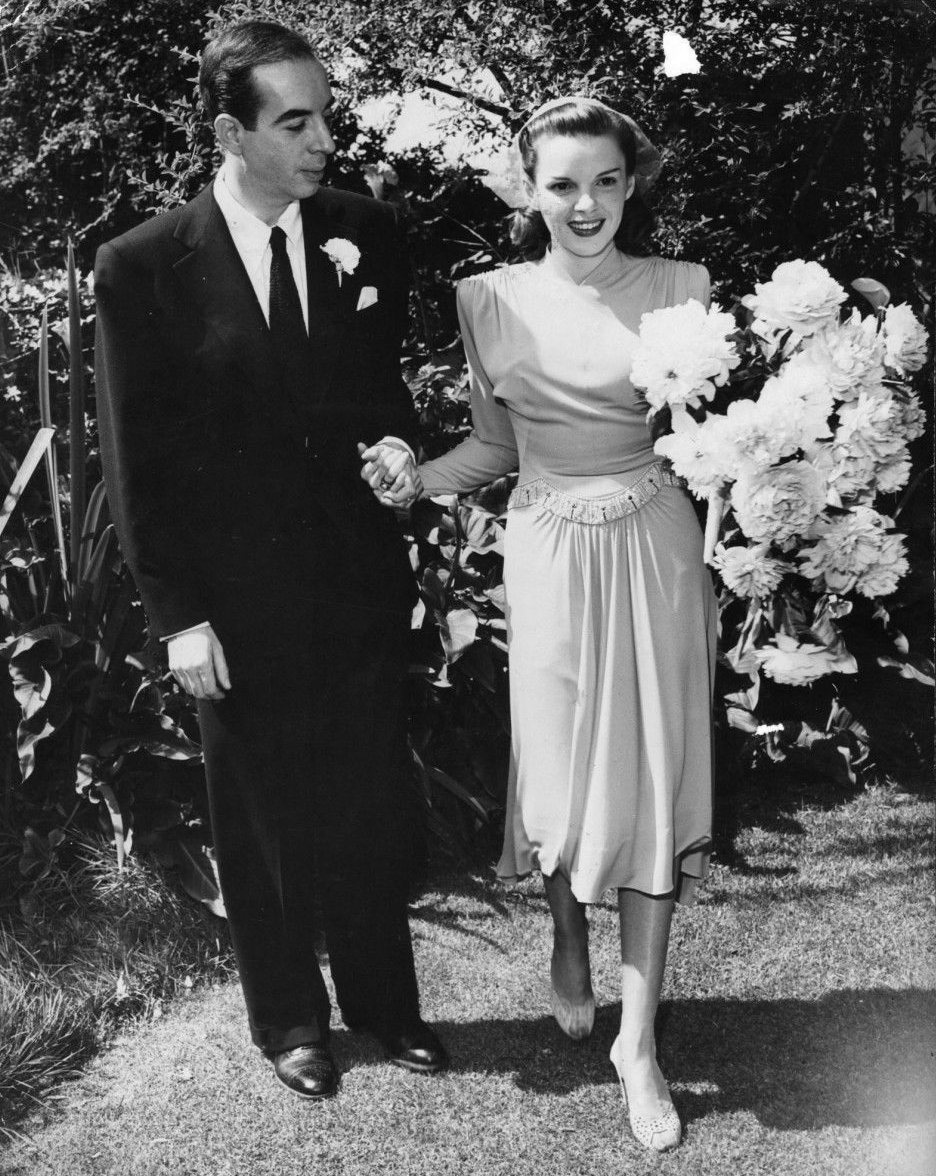
It was also rumored that she and Vicente both took part in affairs while married to the other. In 1948, apparently she came home and found him in a loving embrace with one of their male employees.
Suicide Attempts
Upon discovering her husband in the arms of another, Judy ran to the bathroom in a fit of mania and despair. She began to cut at her wrists in what seemed to be an attempt at ending her own life.
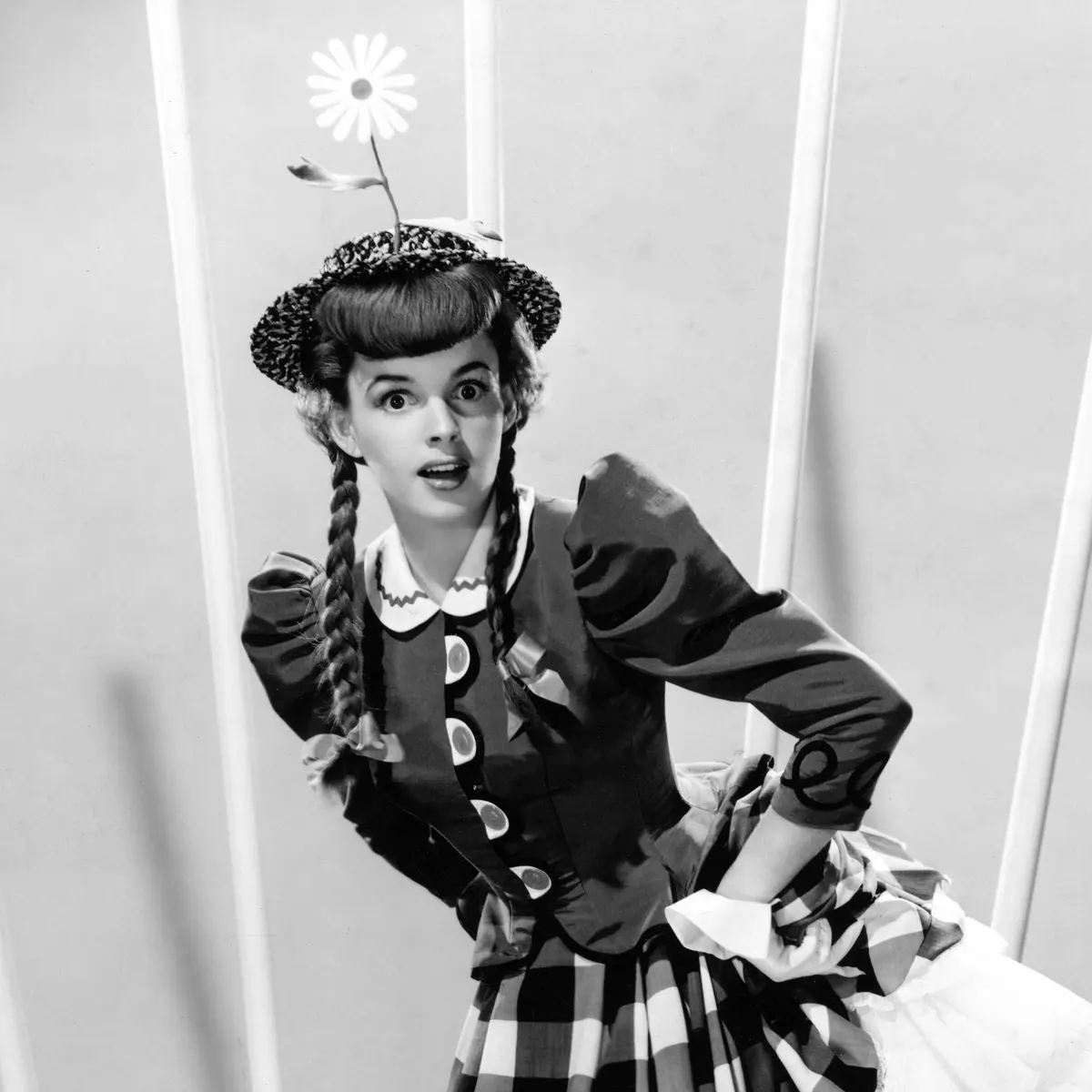
Her daughter, Liza, entered the bathroom to stop her hysterical mother. She was able to stop Judy before she seriously injured herself. Her marriage to Vincente officially ended in 1951.
A New Path
After Judy’s marriage fell apart she was left without a contract, a job, or any type of support, though she had begun an affair with a man while going through her separation from Vincente.
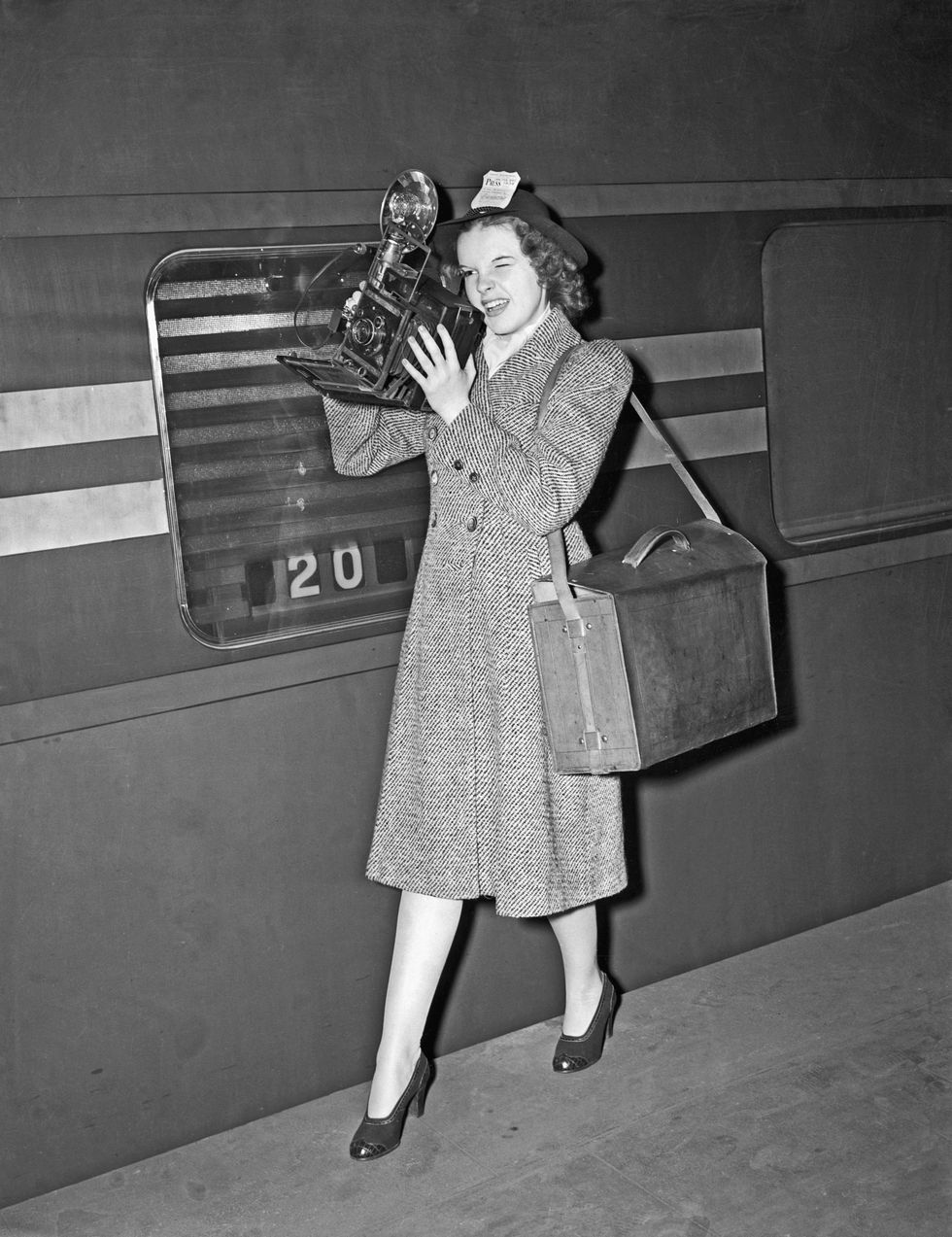
After a stint in the hospital for her suicide attempt she entered back into the world and began to try and put back together her life.
Metamorphosis
She began to make appearances on Bing Crosby’s radio show and also went on a four month concert tour in which she played for sold out concerts throughout England, Scotland, and Ireland.
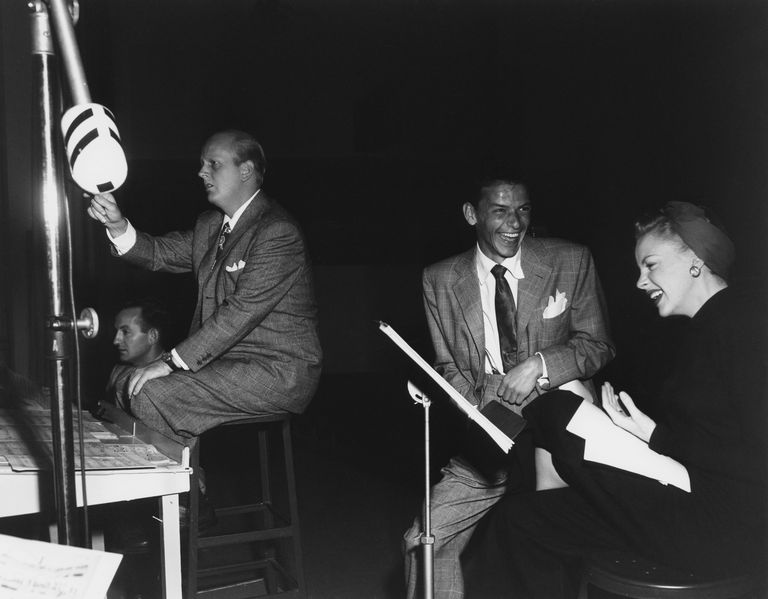
A year after her divorce from Vincente Minelli was finalized, Judy invested in the man she had been dating while still married, a New York man named Sidney Luft who was a professional on the fringes of the film industry. The couple married in 1952
"A Star Is Born" The Film
Judy’s new husband became her manager and together they began to put efforts into a new smash hit for the silver screen. Together, they launched A Star Is Born which put Judy Garland back on the map.
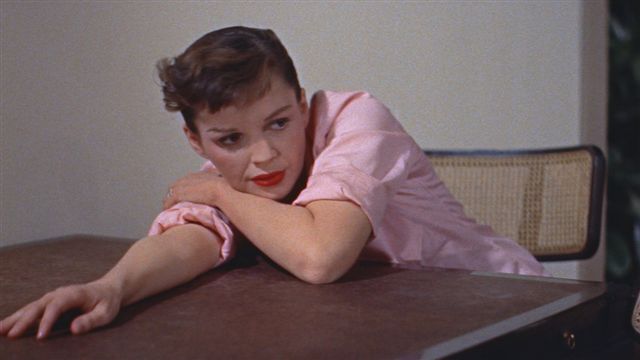
Judy never saw her time away from the screen as a “comeback” though, according to her daughter Lorna Luft. Apparently, her mother always returned with: “Where did I go?”
Setbacks and Tribulations
Judy and her third husband Sidney thought that the success of A Star Is Born was going to carry into lengthy success and keep her up top in Hollywood. Their plans missed the mark after a disheartening Academy Award show.
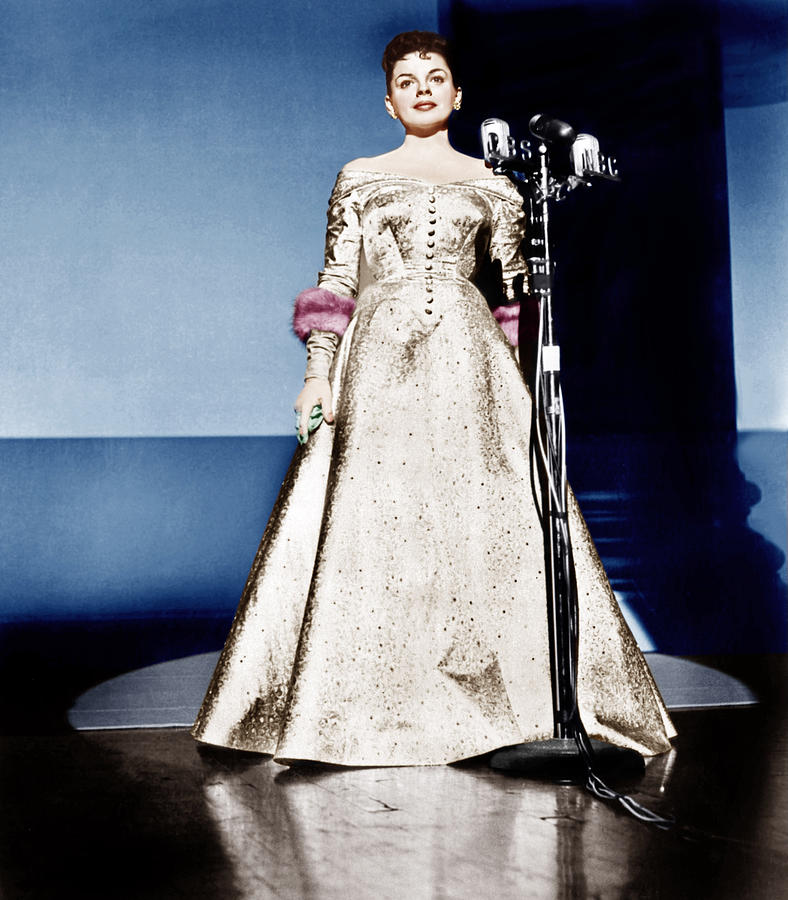
Though she had an award nomination under her belt, it wasn’t enough to buoy her. Her loss to Grace Kelly for her role in The Country Girl’s was a heavy blow. After Judy’s death, she was retroactively awarded the award for her role, as viewers were able to see the magic the film induced, though it was too late for Judy.
Canceled
Because Judy failed to snag the Academy Award, Warner Bros canceled their production contract for Judy to appear in two more films. Things began to fall apart for the star yet again, with things at home beginning to crumble as well.
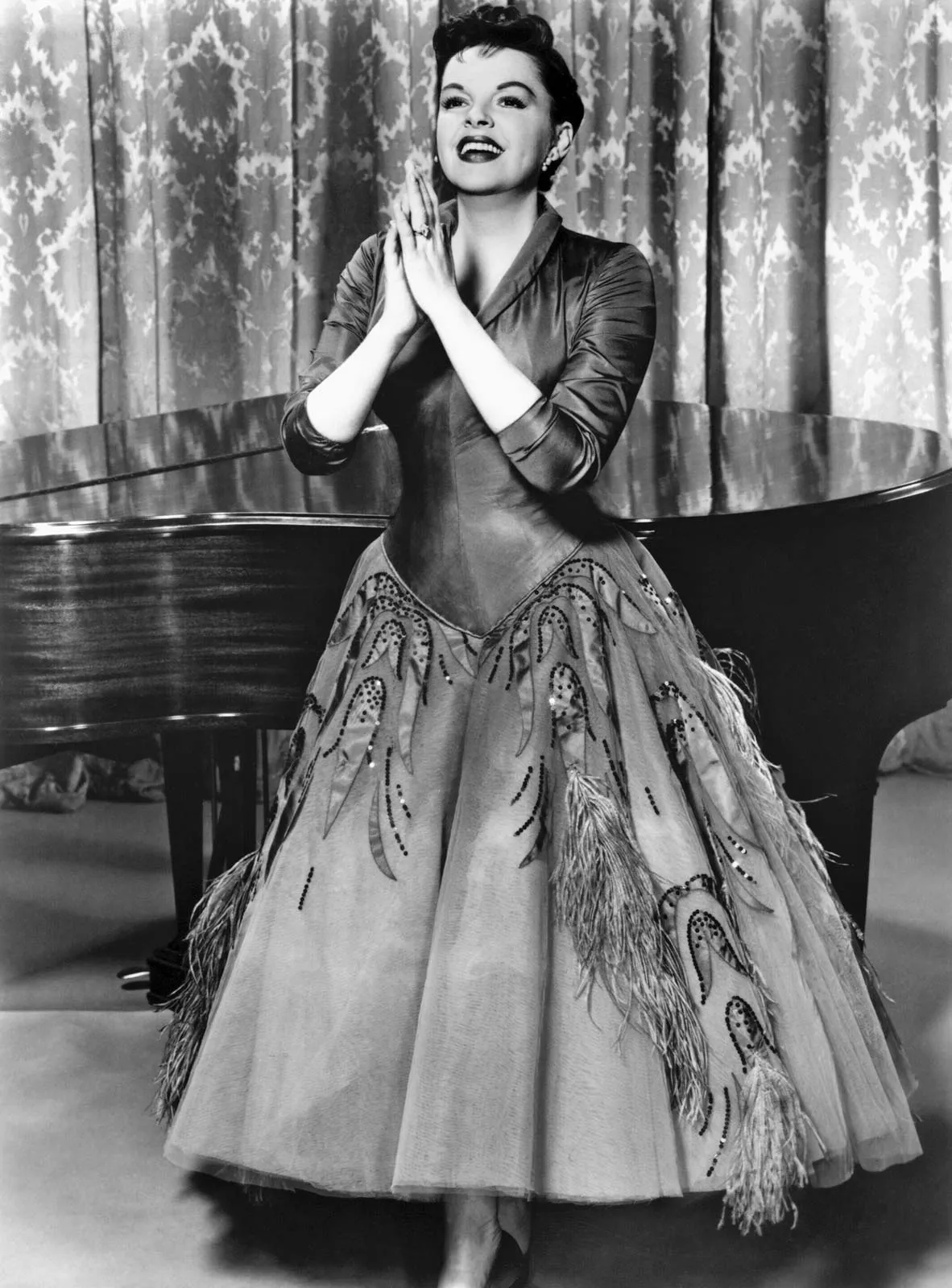
At one point, Judy became pregnant during a production of a play. Sidney insisted on an abortion. Sidney had fear about slowing the production of the play she was in, and just like those before him, placed his love of the spotlight on Judy above his love for Frances Gumm. Sidney had a bad gambling problem and burned through Judy’s earnings–which at the time was a lot. He also had a drinking problem.
13 Years of Marriage
Sidney and Judy were able stay married for 13 years which was Judy’s longest relationship in her lifetime. Together, they had 2 children.
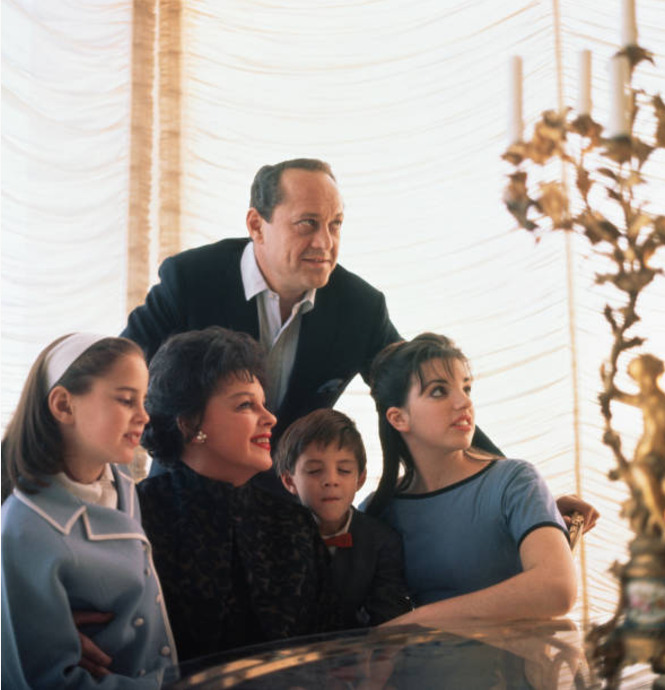
Lorna Luft was born in November 1952 and Joey Luft was born in March 1955. Throughout their marriage, according to Sidney, her drug addiction, dieting, and suicide attempts continued. They continued to drift away from each other.
An Ugly End
Both Sidney and Judy ended the marriage with fingers pointed and blame being slung in each direction. Judy said that Sidney struck her “many times.” He said it was all in self-defense.
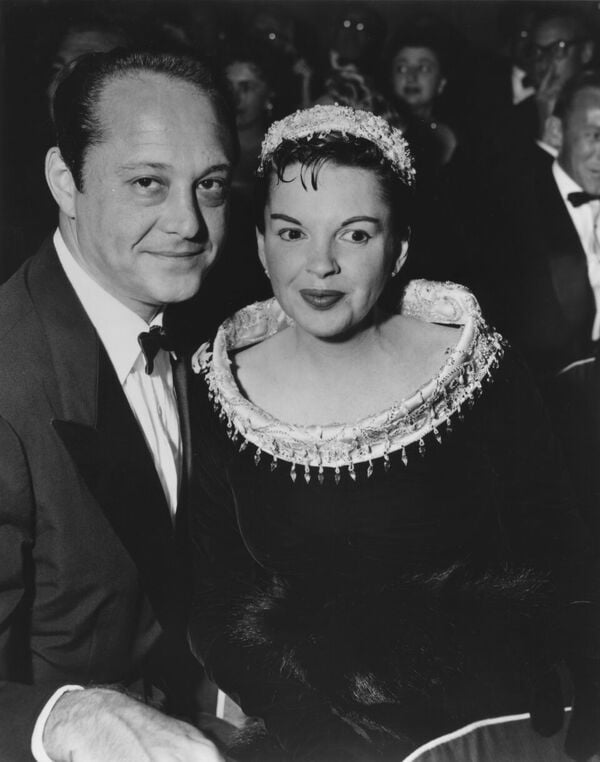
Decades later, in 1993, Sidney Luft tried to sell his ex-wife’s 1939 honorary Oscar as well as the replacement statuette she had received after claiming that the first one had disappeared. The Academy took Sidney to court and he had to pay $60,000 in damages.
Patterns Repeating
Judy already had a long history of closeted and non-closeted gay men in her life. It was a reflection of the time that men and women had to hide themselves away to fit into the status quo.
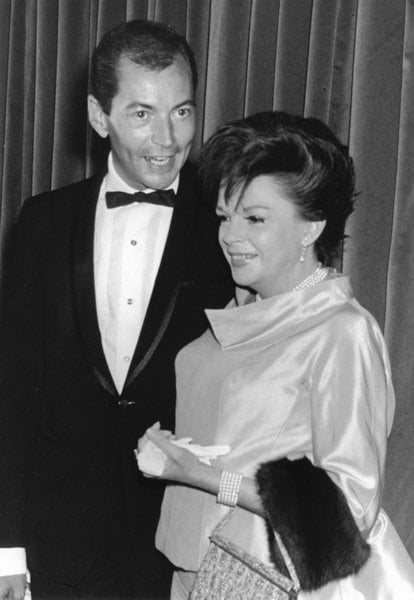
This union would be no different. Judy met a man named Mark Herron, who had already had an openly gay relationship with another actor. Judy married Mark in Las Vegas, the same place as her first marriage, in 1965.
Another Intersecting Marriage
By the time Judy married her fourth husband in 1964 she was still legally married to her third. She officially married her Mark after the divorce was finalized in 1965, continuing her pattern of escaping difficult situations through men.
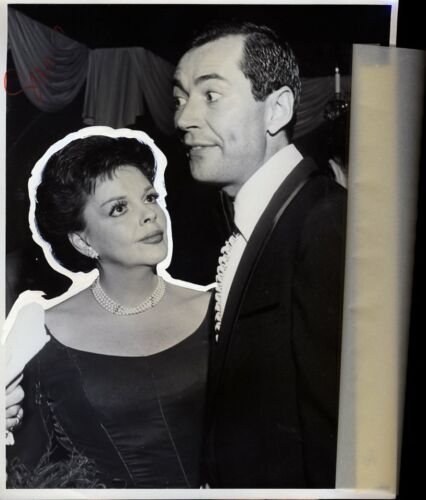
Mark Herron helped produce two 1964 London Palladium concerts with Liza, and also helped produce appearances in Canada.
Betrayal Was An Old Friend
At the time of Judy’s marriage to Mark, her daughter Liza Minnelli was engaged to be married to her first husband, singer-songwriter Peter Allen. Unfortunately for both women, their partners would betray them in a stunning way.
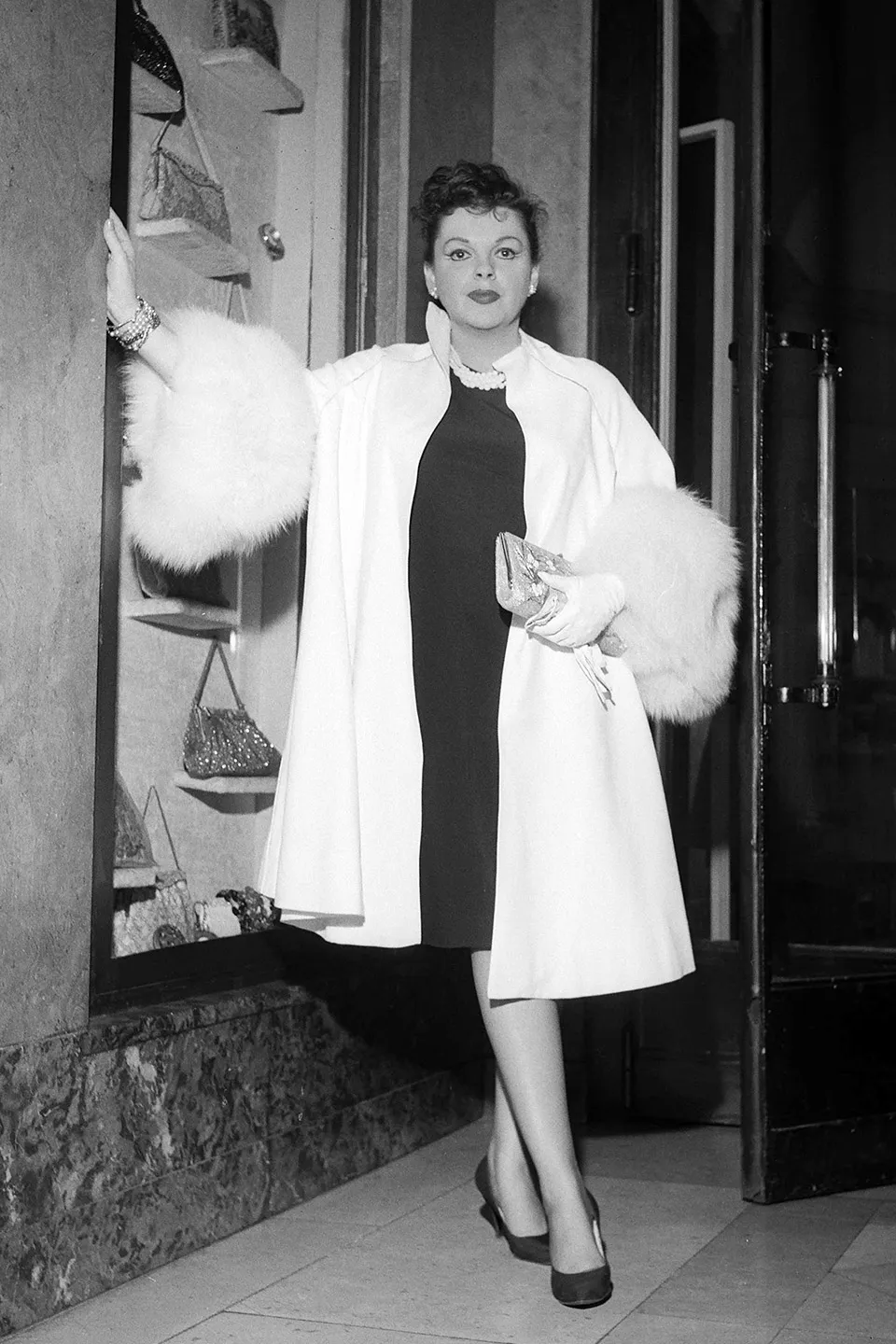
On the night of Liza Minnelli’s wedding, she discovered her new husband in the arms of her mother’s husband. Naturally, this was damaging to both unions and the couples were eventually divorced.
Her Relationship With Liza Minelli
Liza had to deal with a lot of troubling times when it came to being the daughter of Judy Garland. As the oldest, she had to help raise her younger siblings and manage the household. She also had to save her mother’s life on more than one occasion.
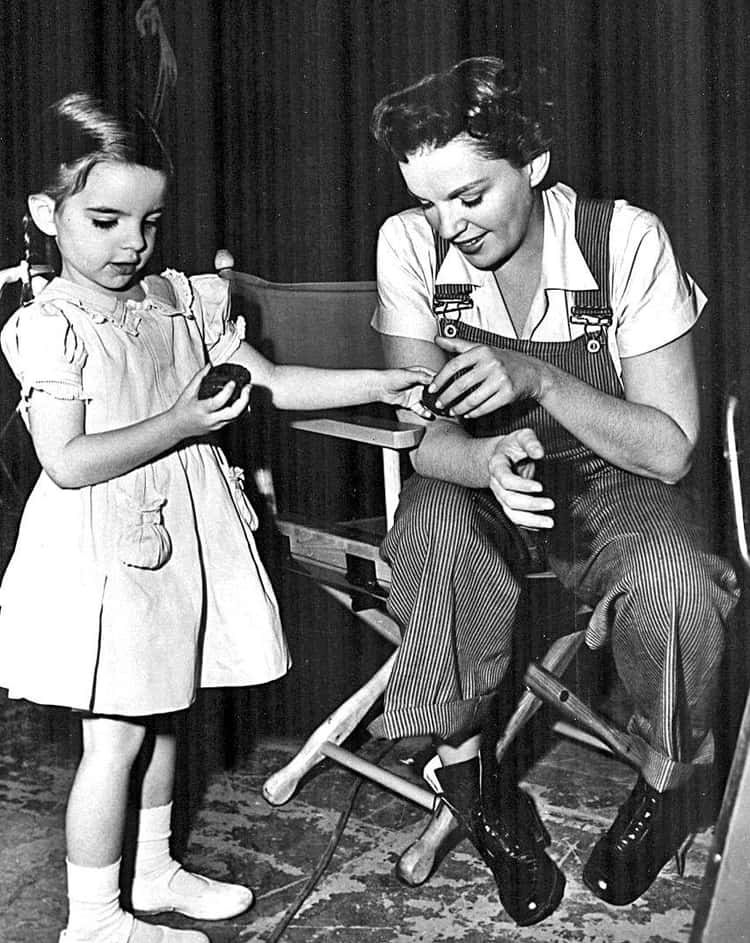
At one point she saved her mother from suffering a drug overdose. Another time she had to stop her from jumping out of a hotel window, as well as the time she stopped her mother from slitting her wrists.
A Broken Bond
As Liza grew into an adult, her desire to have a relationship with her mother evaporated. Likely exhausted from the years of taking care of her, worrying, and cleaning up her messes, she was no longer able to be a part of her mother’s life.
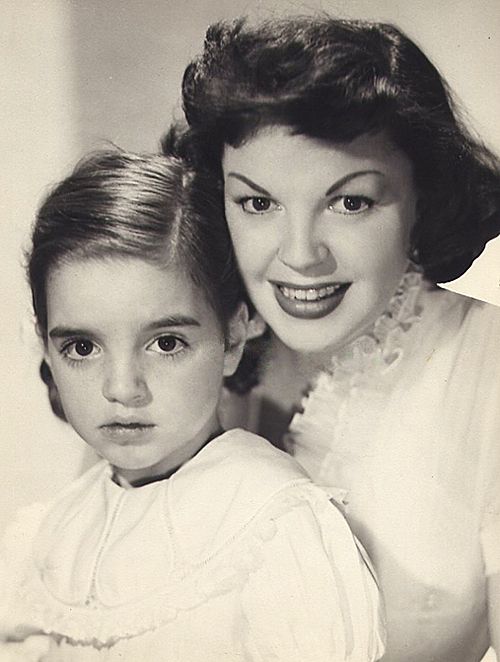
Liza refused to come to the phone when her mother called her and banned her specifically from her Manhattan apartment. Liza was done with her mother, Judy, completing the broken relationship that Judy had with her own mother, Ethel Gumm.
Another Daughter Leaves Her Behind
As Liza pursued her career and left her relationship with her mother behind her, the caretaking of Judy fell on her other daughter, Lorna Luft. It was a difficult position for anyone, let alone a child and a daughter. Lorna recalled a time her mother threw a knife at her brother Joey in a psychotic episode.
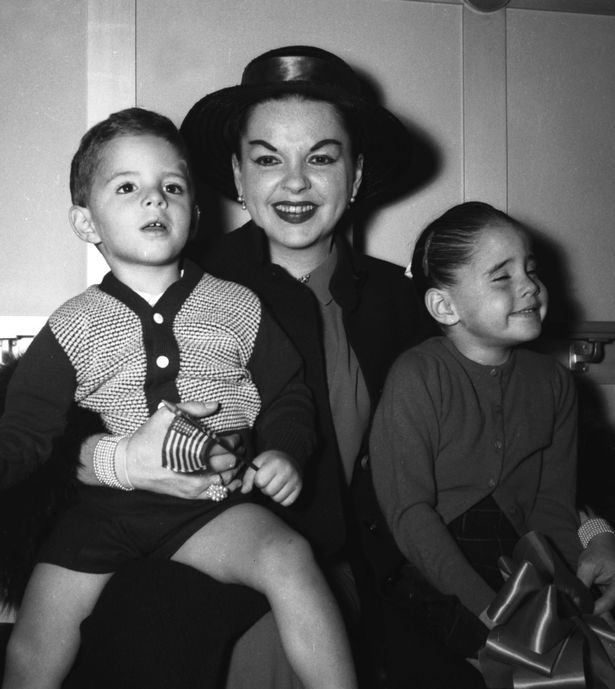
Lorna blamed her mother’s violence and difficulties on her all-consuming drug problem. She too could not handle her mother’s out of control parenting and left home when she was 16 years old.
“Valley of the Dolls”
In February 1967, Judy signed a contract with 20th Century Fox to play in an adaptation of Valley of the Dolls. Her character was a woman named Helen Lawson who was an older woman with an out of control temper problem.
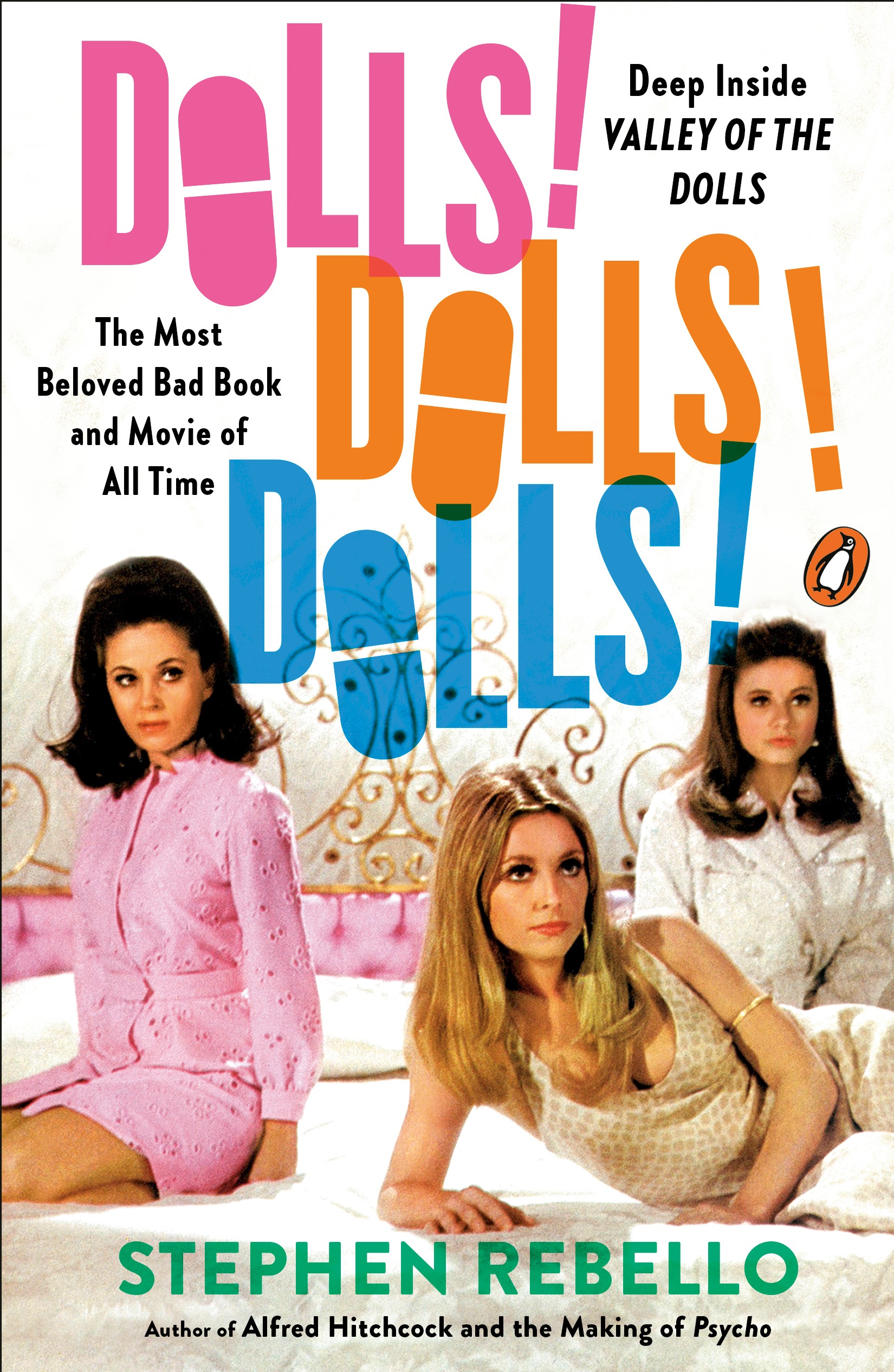
Some say that Judy was never fully comfortable with the role and at times refused to come out of her dressing room. For reasons not publicly known, she was fired in April of 1967 and received a settlement of half the payment she was set to receive.
Her Last Years Were Isolating
In Judy Garland’s last years she had lost essentially everything. By 1968 she had no relationship with her children, her peers, or anyone who could help her professionally.
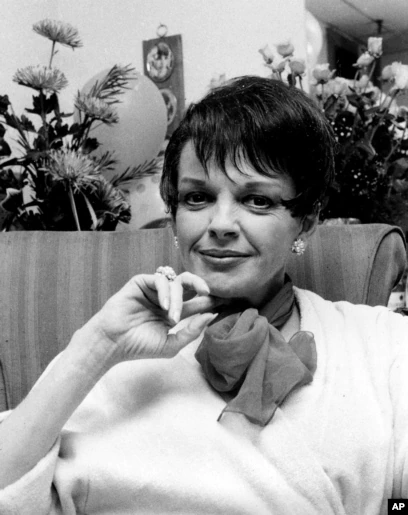
Eventually the only people she could turn to were nostalgic fans who would let her sleep on their couch and seek shelters Her personal belongings were carried in paper shopping bags.
Fan’s Helping Hands
One of the fans who took Judy into their home also helped her get land some gigs. A man named John Meyer was able to secure some appearances for Judy at a small gay bar in Manhattan.
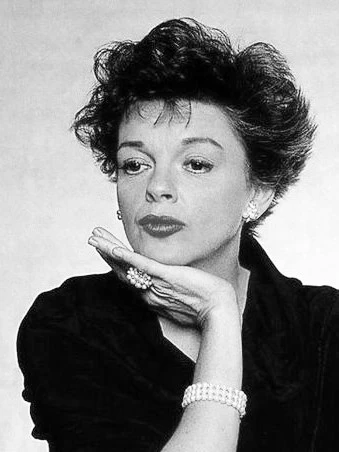
Apparently Judy would struggle through a couple of songs before bowing out and being paid a $100 bill. This was a method to keep her clear from the IRS who had been hounding her for back taxes.
A Final Husband
A man named Mickey Dean was the manager of a nightclub in New York in 1966 when he met Judy Garland. A friend had asked him to deliver pills to her hotel and he became another man in another pattern of trying to save Judy Garland from her own demise.

Mickey was 10 years Judy’s junior when he met her and threw himself into trying to reignite Judy’s career. Their relationship was off and on for several years before he proposed to her.
“I Finally Got the Right Man to Ask Me”
“I finally got the right man to ask me, I’ve been waiting for a long time,” Judy Garland said about her marriage to Mickey Dean. Hopefully Judy was able to live peacefully in the last months of her life. The last lights of Judy Garland flickered on June 22nd, 1969, and then at 47, she was gone.
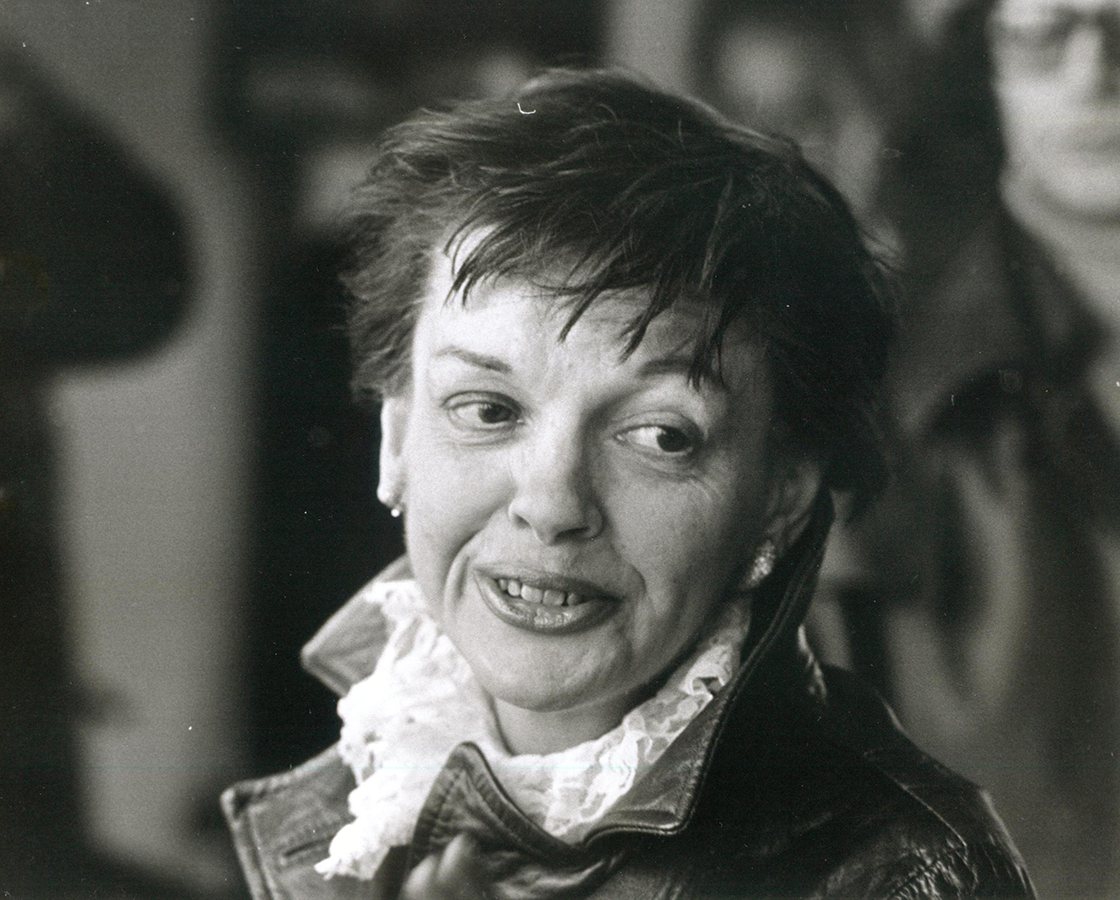
Their marriage was short-lived. Mickey found 47-year-old Judy Garland dead in their shared bathroom in June of 1969. Her death was ruled an overdose. They were married for three months.
